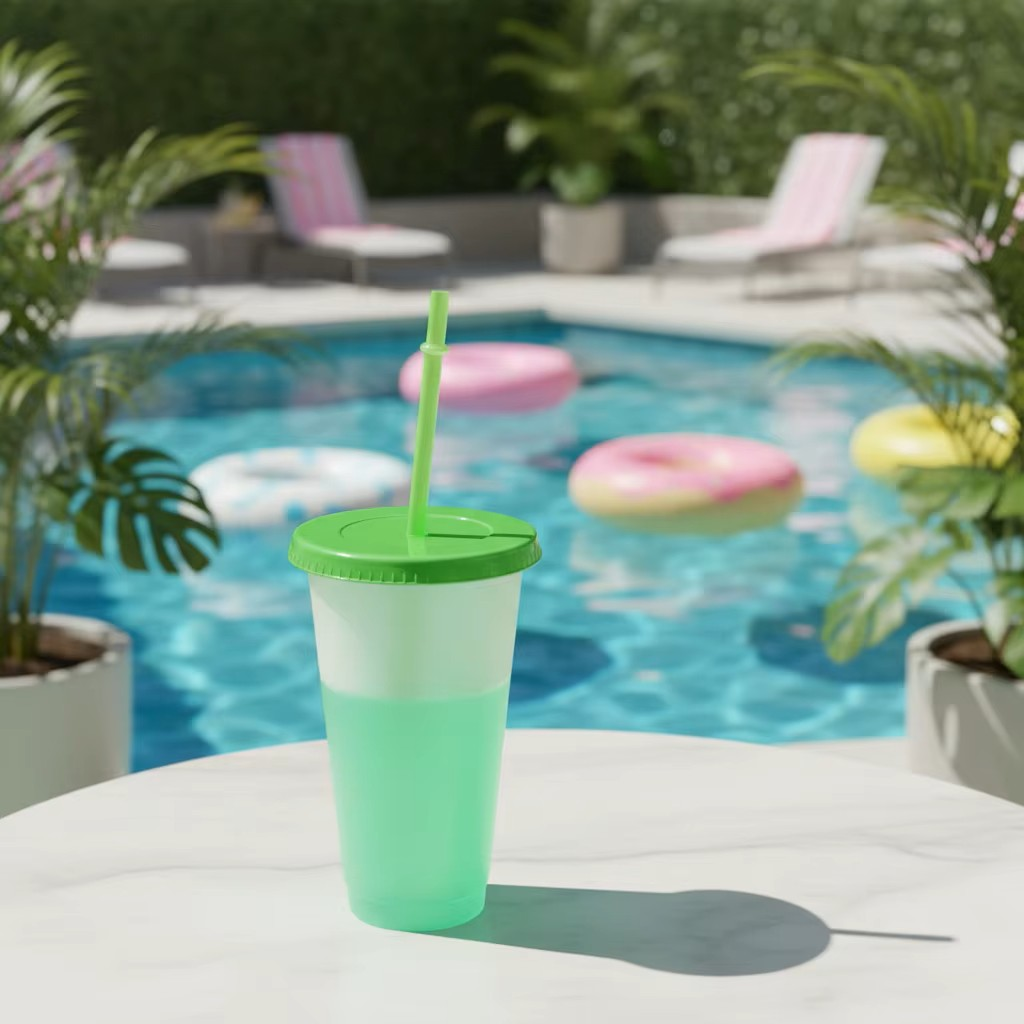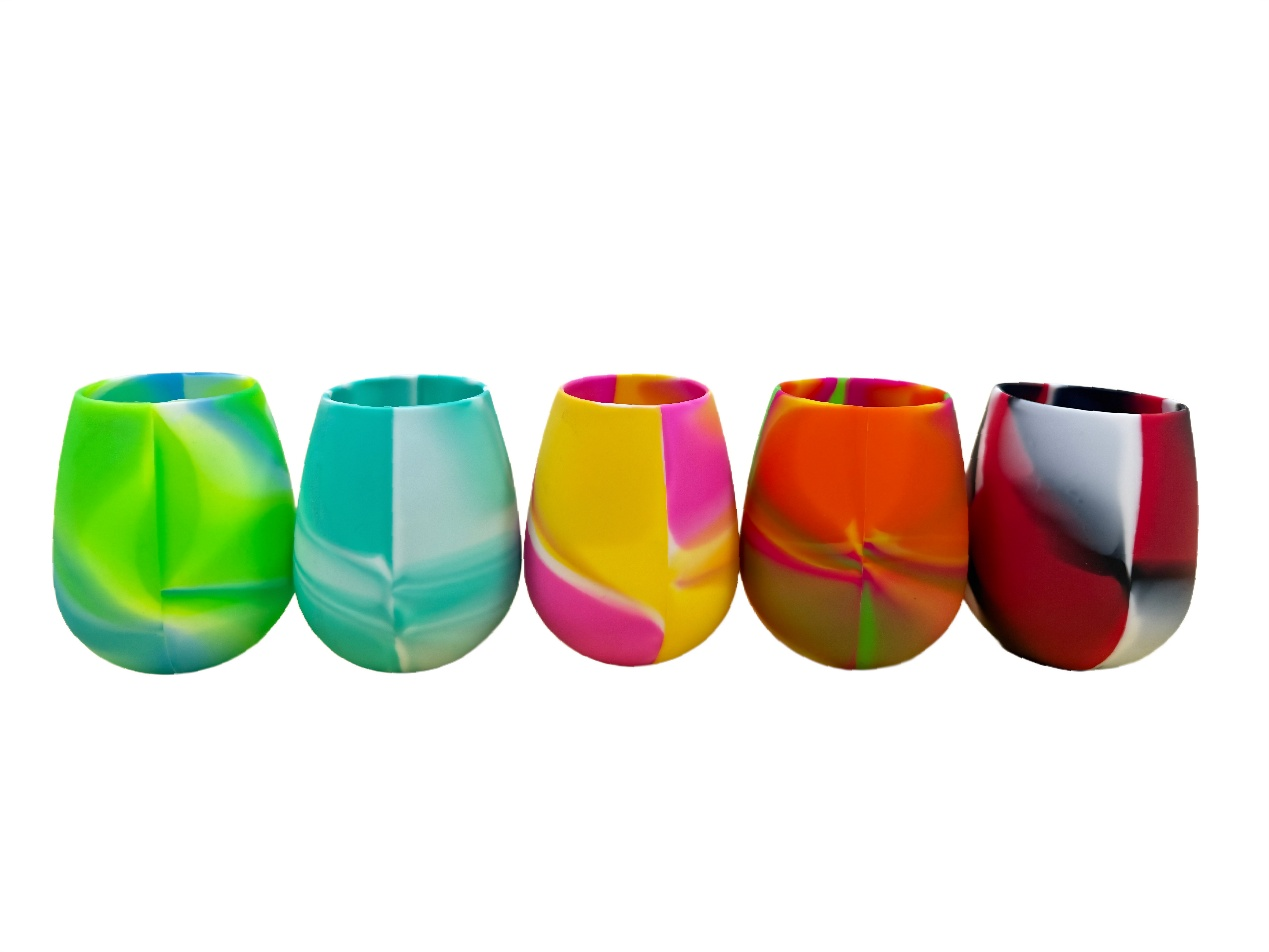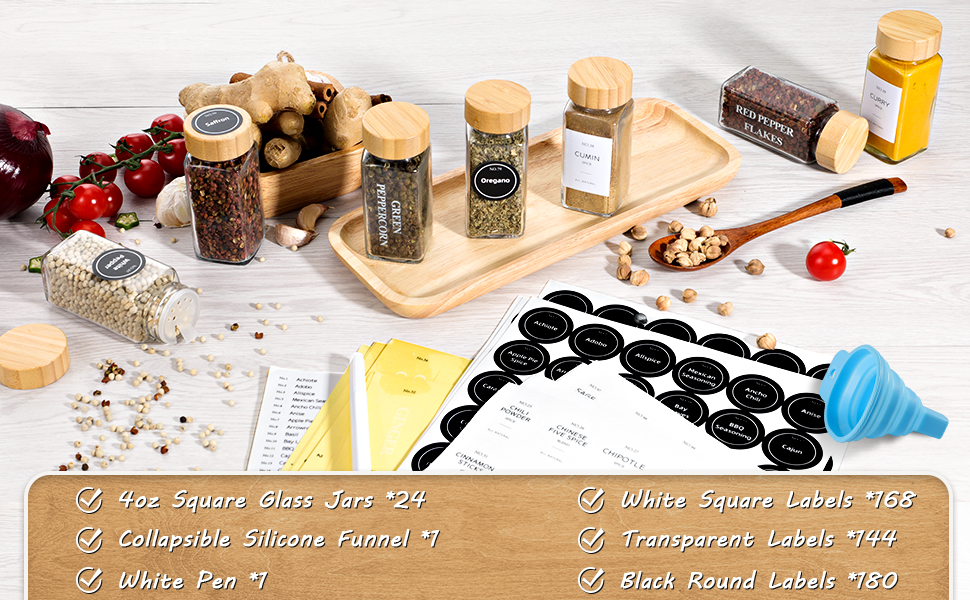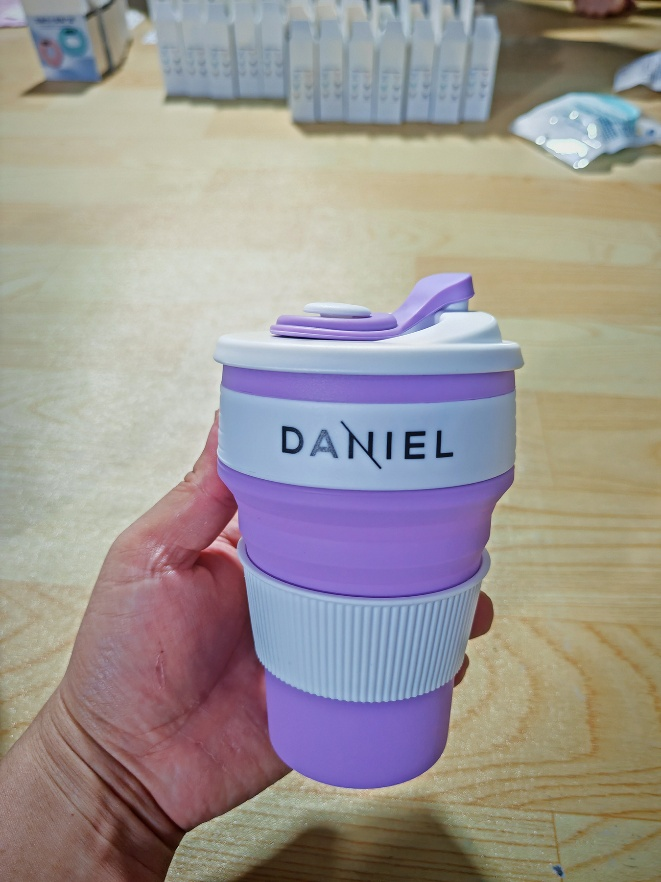In the past few years, with the accelerating urbanization process and the increasing emphasis of urban residents on the ecological environment, the decorative plant market has ushered in rapid growth opportunities. Especially in China, Europe, America and other regions, artificial plants have become a popular choice, including Artificial Plant wall, Artificial flower wall, boxwood hedge, boxwood topiary, etc.
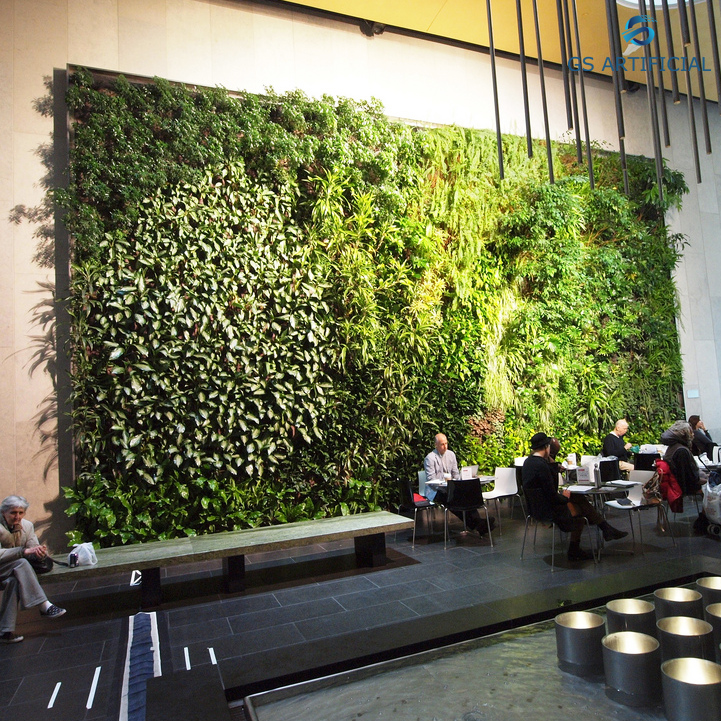
Artificial decorative plants are widely used in indoor and outdoor decoration, aiming to simulate real plants in natural environments. Compared with real plants, artificial decorative plants have many advantages, such as easy maintenance, customization and high durability. In addition, the appearance and materials of artificial decorative plants have also been greatly improved to meet consumers' needs for high quality, realism and beauty.
Among the many types of artificial decorative plants, boxwood hedge and boxwood topiary are one of the most concerned varieties. A boxwood hedge is a fence made of materials such as man-made plastic or silk, usually square or rectangular in shape, and often used in garden and landscape design. Boxwood topiary is a plant made of man-made materials trimmed into a specific shape, such as spherical, conical, etc., usually used for indoor and outdoor decoration.
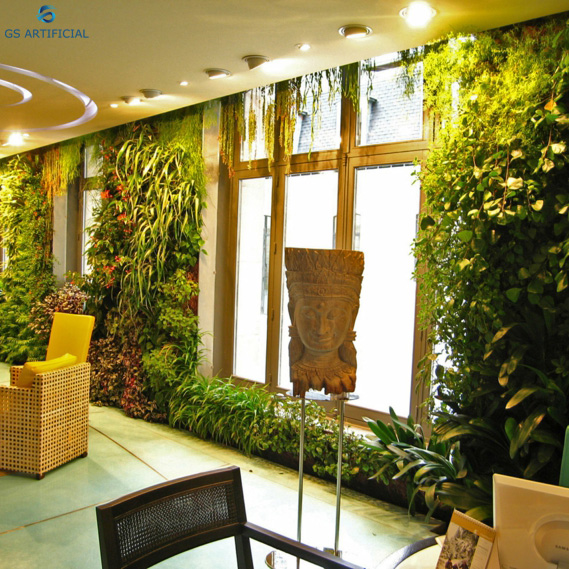
The rapid development of the artificial decorative plant industry has benefited from the wide expansion of its application range. From shopping malls and hotels to public gardens and private houses, artificial decorative plants play an irreplaceable role in various fields. In addition, with the increasing awareness of environmental protection, more and more consumers are choosing to use artificial decorative plants to reduce the impact on the natural environment.
The growth trend of artificial decorative plants market will continue, and the global market size is expected to reach billions of dollars by 2025. Against such a market background, manufacturers of artificial decorative plants are also constantly competing to provide more innovative and diversified products. In the future, it is foreseeable that artificial decorative plants will further approach the effect of real plants and become a more high-quality and high-end choice.
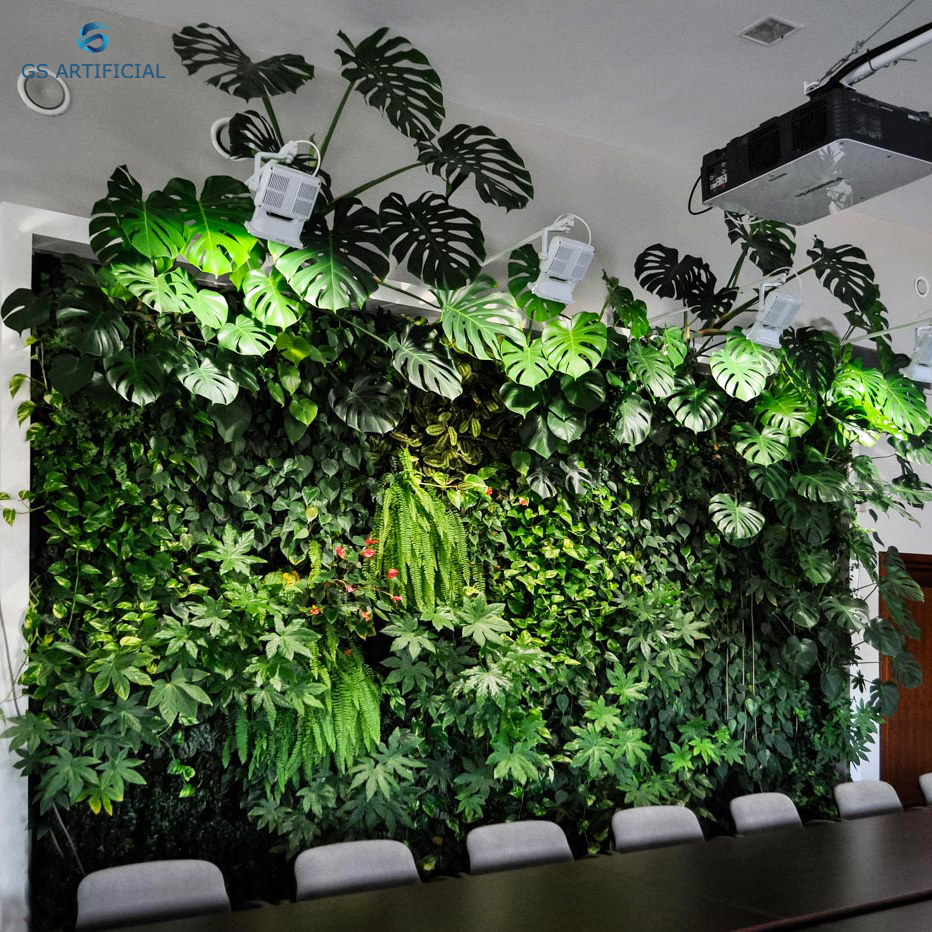
In conclusion, with the continuous improvement of urbanization and environmental awareness, artificial plants have become an emerging market. With the continuous development of technology and the continuous improvement of product quality, artificial decorative plants will continue to usher in wider applications and higher market demand in the future.

 English
English Español
Español Português
Português русский
русский français
français 日本語
日本語 Deutsch
Deutsch Tiếng Việt
Tiếng Việt Italiano
Italiano Nederlands
Nederlands ไทย
ไทย Polski
Polski 한국어
한국어 Svenska
Svenska magyar
magyar Malay
Malay বাংলা
বাংলা Dansk
Dansk Suomi
Suomi हिन्दी
हिन्दी Pilipino
Pilipino Türk
Türk Gaeilge
Gaeilge عربى
عربى Indonesia
Indonesia norsk
norsk اردو
اردو čeština
čeština Ελληνικά
Ελληνικά Українська
Українська Javanese
Javanese فارسی
فارسی தமிழ்
தமிழ் తెలుగు
తెలుగు नेपाली
नेपाली Burmese
Burmese български
български ລາວ
ລາວ Latine
Latine Қазақ
Қазақ Euskal
Euskal Azərbaycan
Azərbaycan slovenský
slovenský Македонски
Македонски Lietuvos
Lietuvos Eesti Keel
Eesti Keel Română
Română Slovenski
Slovenski मराठी
मराठी Српски
Српски 简体中文
简体中文 Esperanto
Esperanto Afrikaans
Afrikaans Català
Català עִברִית
עִברִית Cymraeg
Cymraeg Galego
Galego 繁体中文
繁体中文 Latvietis
Latvietis icelandic
icelandic יידיש
יידיש Беларус
Беларус Hrvatski
Hrvatski Kreyòl ayisyen
Kreyòl ayisyen Shqiptar
Shqiptar Malti
Malti lugha ya Kiswahili
lugha ya Kiswahili አማርኛ
አማርኛ Bosanski
Bosanski Frysk
Frysk ជនជាតិខ្មែរ
ជនជាតិខ្មែរ ქართული
ქართული ગુજરાતી
ગુજરાતી Hausa
Hausa Кыргыз тили
Кыргыз тили ಕನ್ನಡ
ಕನ್ನಡ Corsa
Corsa Kurdî
Kurdî മലയാളം
മലയാളം Maori
Maori Монгол хэл
Монгол хэл Hmong
Hmong IsiXhosa
IsiXhosa Zulu
Zulu Punjabi
Punjabi پښتو
پښتو Chichewa
Chichewa Samoa
Samoa Sesotho
Sesotho සිංහල
සිංහල Gàidhlig
Gàidhlig Cebuano
Cebuano Somali
Somali Точик
Точик O'zbek
O'zbek Hawaiian
Hawaiian سنڌي
سنڌي Shinra
Shinra հայերեն
հայերեն Igbo
Igbo Sundanese
Sundanese Lëtzebuergesch
Lëtzebuergesch Malagasy
Malagasy Yoruba
Yoruba




